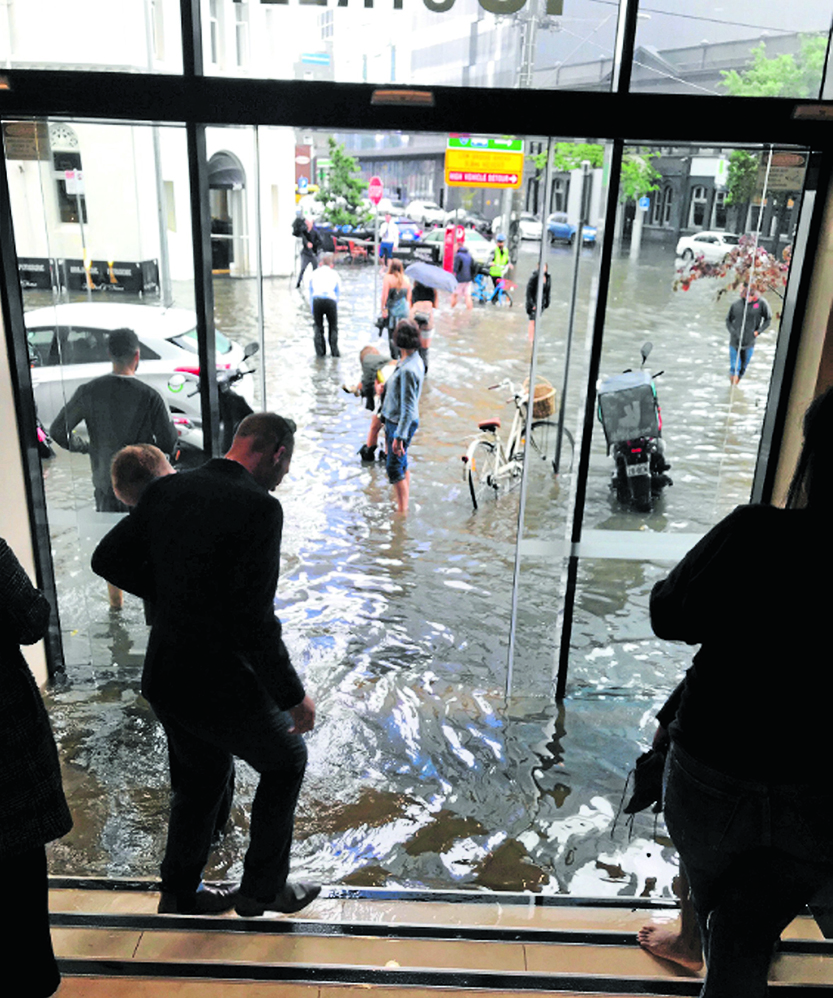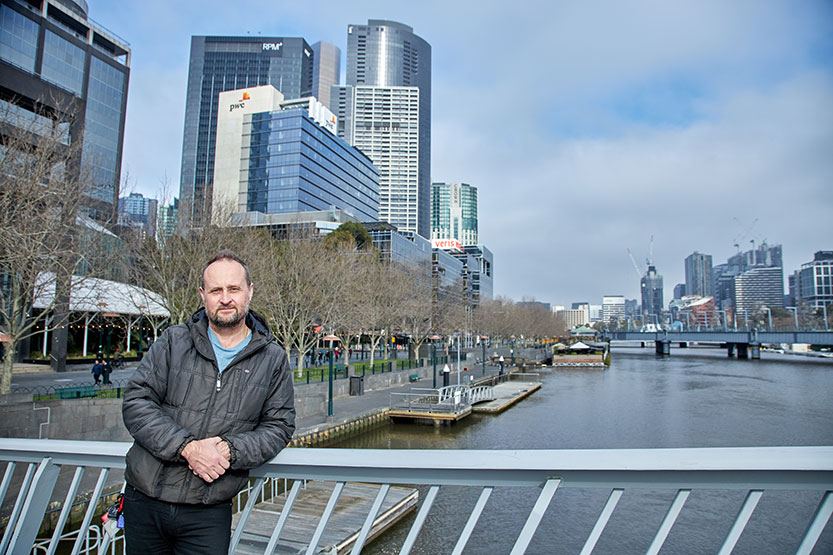
Flood warning: Southbank at “high risk” by 2040
More than 16,000 properties in Southbank are at “high risk of damage” from flood waters by 2040, a new study shows, prompting an “urgent call to action”.
The alarming figure was revealed in a recent report commissioned by the Victorian Marine and Coastal Council (VMaCC) and Life Saving Victoria (LSV), which looks at the impacts of future rising sea levels and storm surges.
“We know that climate change is going to hurt many Victorian communities if we do not act,” VMaCC chair Dr Anthony Boxshall said.
This rigorous report clearly and comprehensively documents the economic challenges that Victoria’s coastal communities will face from sea level rise and related storm surges.
According to the report, which included research from the University of Melbourne and consulting firm Climate Risk, Southbank was ranked as the number one suburb in Victoria with the “greatest number of high-risk properties” due to coastal inundation by 2040 with a total of 16,646 properties, followed by Docklands (3270 properties).
In response, VMaCC and LSV have called for an independent taskforce to be established to develop and promote “a vision and operational blueprint” to guide Victoria’s response to rising sea levels and related storm surge.
Speaking of ways to ensure future development was designed with flood resilience in mind, City of Melbourne Deputy Lord Mayor Nick Reece said the council was working to make sure that Southbank remained a “highly desirable and liveable area while we also responding to the challenges of flooding and climate change”.

A major flooding event which occurred in Southbank in 2018.
“Our planning and building rules are designed to preserve the quality architecture and design of Melbourne streets and built form but also recognise the challenges of increased future flood events,” he said.
“This is not about building fortresses and walls – it’s about well-designed beautiful buildings and streets that are climate resilient.”
This included the council partnering with Melbourne Water to update flood mapping for specific areas within the municipality that are experiencing increased growth and urban development.
Among those setting a design precedent for high-rise development in Southbank was developer Beulah, which is behind the $2 billion STH BNK by Beulah set to become Australia’s tallest high-rise project.
A Beulah spokesperson said they had designed the ground floor to levels advised by Melbourne Water based on their modelling of “extreme storm requirements and long-term sea level rises”.
Beulah has previously noted that Barangaroo in Sydney’s Darling Harbour, Queens Wharf on the banks of the Brisbane River and Elizabeth Quay in Perth have all been built with basements in waterfront locations.
According to Victoria State Emergency Service (VICSES), Southbank is prone to flooding with City Rd, Clarendon St, and Kings Way being particularly susceptible during storm events.
A notable incident on December 15, 2018, brought torrential rain to Southbank and the CBD, causing wide-spread flash flooding, resulting in water at car door level on some streets and disruptions to public transport.
In another event in June 2014, extreme winds of more than 100km/h forced tidal waters back up the Yarra River, resulting in riverine flooding in Southbank that saw footpaths and bike lanes underwater and the river coming close to touching the bottom of the Queens Bridge.

Southbank Residents’ Association president Tony Penna, who owns several properties in Southbank, said the report was worrying but questioned “as individuals, what can we do?”
“We need to put our faith in the powers to be – in the authorities – and trust that they are going to mitigate that risk,” he said.
“I think everyone is concerned whether you’re a property owner or not, it’s significant that 16,000 properties have been earmarked.”
In the report, Professor Tom Kompas of the University of Melbourne said economic damages from sea level rise/storm surge to coastal areas, which was estimated at $691,715,913 for Southbank and $136,250,932 for Docklands by 2040, “are more than enough to trigger considerable financial instability”.
Dr Boxshall said spending on adaptation over the next two decades could help reduce future risk and “save significantly on the estimates of future costs”. •

Revitalisation of Alexandra Gardens progresses

Build-to-rent development gets green light in South Melbourne



 Download the Latest Edition
Download the Latest Edition